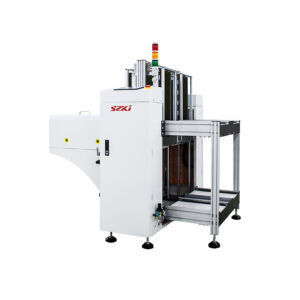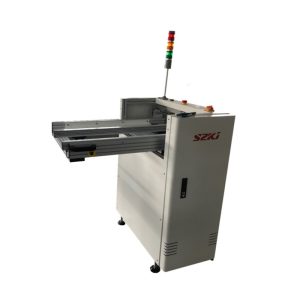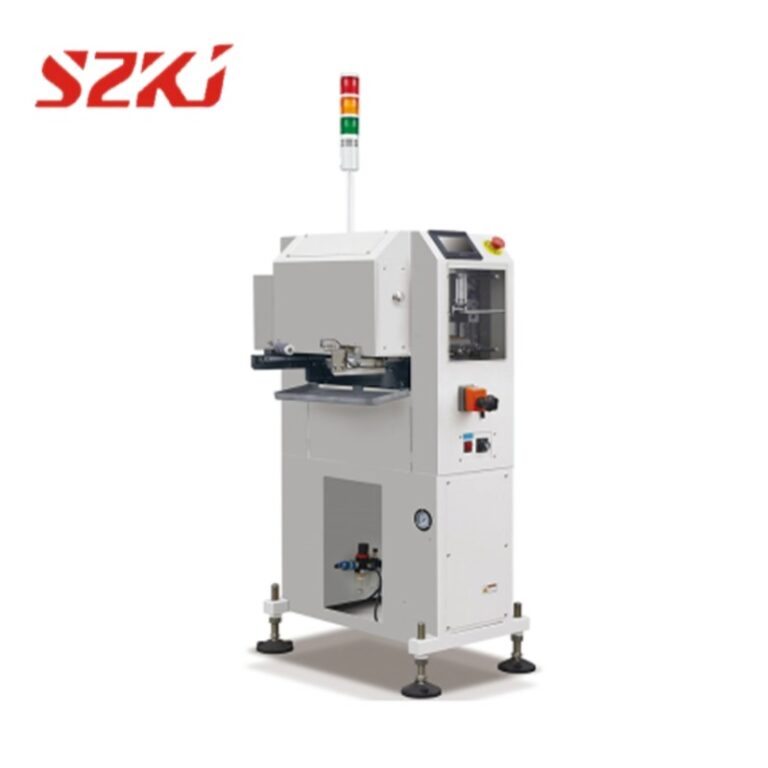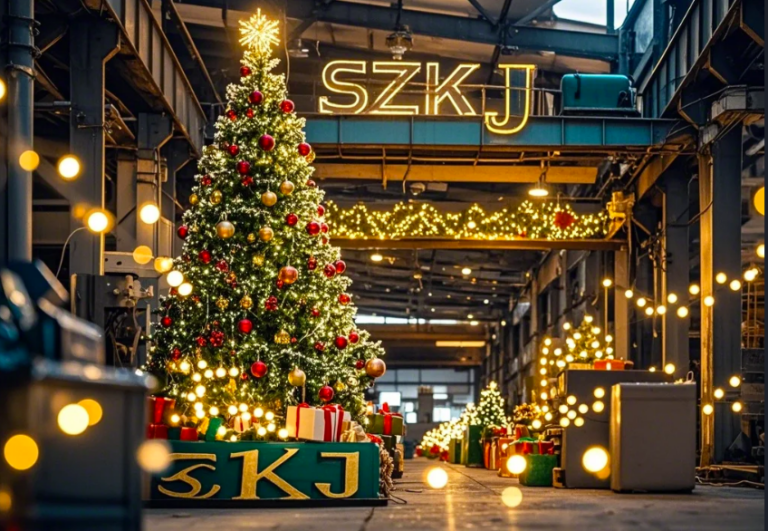Table of Contents
TogglePrinted Circuit Board (PCB) manufacturing is a multi-step process that involves precision, automation, and the right set of machinery. Whether you’re launching a small prototype line or managing high-volume commercial production, understanding what equipment is needed for PCB production is essential to achieving accuracy, consistency, and efficiency.
What Equipment Is Needed for PCB Production from Design to Drilling

The PCB production process begins with layout design, image transfer, and precise drilling. Here’s what equipment is needed for PCB production in these foundational stages:
- EDA Software
Electronic Design Automation tools like Altium, KiCad, or Eagle are used to create schematic diagrams and PCB layouts. They support multi-layer design, impedance control, and complex routing for designs with up to 16 or more layers. - Laser Direct Imaging (LDI)
These machines generate circuit images at extremely high resolutions, ideal for high-density interconnect (HDI) boards. Trace widths can be as narrow as 20 microns, offering precision for fine-pitch components. - Laminators
Laminators apply a dry film photoresist to copper surfaces under uniform pressure and temperatures up to 120°C. The resist thickness typically ranges from 30 to 50 microns, depending on board specifications. - CNC Drilling Machines
CNC systems drill holes with a positional accuracy of ±10 microns. These machines can handle drill bit diameters as small as 0.15 mm and operate at speeds of over 100,000 RPM, ensuring clean and precise vias. - Copper Plating Systems
This includes both desmear and electroless copper plating, which deposit 1–2 microns of copper for conductivity, followed by electroplating. Electroplating builds consistent copper layers on traces and through-holes, ensuring strong conductivity and long-term reliability.Some advanced systems include automatic dosing and temperature regulation to maintain consistent plating quality across large batches.
What Equipment Is Needed for PCB Production in Etching, Cleaning, and Coating
After drilling, PCBs go through etching, cleaning, and protective coating steps. The following equipment is commonly used for PCB production during this phase of manufacturing:
- Etching and Developing Systems
Etching machines use acidic or alkaline chemistry to remove unwanted copper at etch rates of 1–3 microns per second. Developers reveal the precise copper patterns from the exposed photoresist, ensuring accurate circuit formation. - Stripping and Cleaning Units
Stripping units gently eliminate residual photoresist while preserving the integrity of the copper traces beneath. Rinse stations with deionized water and drying processes ensure that no chemical residue remains on the boards. - Solder Mask Application and UV Curing
Solder mask layers typically range from 10 to 25 microns in thickness. UV curing systems harden the ink rapidly, providing chemical resistance and protecting circuits from oxidation and bridging. - Silkscreen or Inkjet Marking Systems
Inkjet printers or screen printers apply text and markings with 100–200 DPI resolution, offering durable identification for batch tracking, polarity marks, and component placement guides.
What Equipment Is Needed for PCB Production in Finishing and Board Separation

The final phase includes finishing surfaces for soldering and preparing boards for delivery. Below is what equipment is needed for PCB production during this closing stage:
- HASL or ENIG Lines
HASL finishes deposit molten solder at 230–260°C to coat exposed copper pads. ENIG systems apply a 3–6 micron nickel layer topped with 0.05–0.1 microns of gold, creating a flat surface that resists oxidation and enhances solderability. - Routing Machines or V-Cut Systems
These systems achieve outline tolerances of ±0.1 mm and are suitable for panelized boards of varying shapes. V-cuts usually remove between 30% and 40% of the board’s thickness, allowing for clean and easy separation. - Depaneling Tools
Laser or mechanical depaneling tools can cut boards within 0.05 mm accuracy, ensuring minimal stress and clean edges, even for irregularly shaped or densely packed designs.
What Equipment Is Needed for PCB Production for Line Automation and Handling
In modern PCB manufacturing lines, peripheral automation plays a key role in ensuring smooth transitions between core processes. Here’s what equipment is needed for PCB production to support handling and flow:
- PCB Loader Unloader:Compact auxiliary machines like the UL-300L-SZ Multi Magazine Unloader handle board input/output with magazine capacity for up to 50 PCBs, ideal for 250–460 mm board lengths.
- PCB Conveyor Systems:Conveyors transport boards between stations at speeds of 500–1000 mm/s. Their adjustable width and anti-static belts help maintain board stability and prevent handling damage.
- Vertical Buffer:Vertical PCB buffers can temporarily hold as many as 30 boards, helping to balance production flow and prevent line interruptions.
While not large-scale equipment themselves, these smaller, modular devices are essential for supporting high-efficiency automated production lines.
Conclusion
Knowing what equipment is needed for PCB production gives manufacturers a competitive edge in quality, scalability, and cost control. From design to finishing, and from drilling to automated handling, each machine plays a vital role in building functional, reliable circuit boards. By integrating both core fabrication tools and smart peripheral systems, you can ensure your PCB production line is both effective and future-ready.
If you’re looking to enhance your production with reliable, space-efficient solutions, SZKJ offers a range of proven equipment designed to support every step of the process. For more details or tailored recommendations, feel free to contact us anytime.




-768x768.jpg)